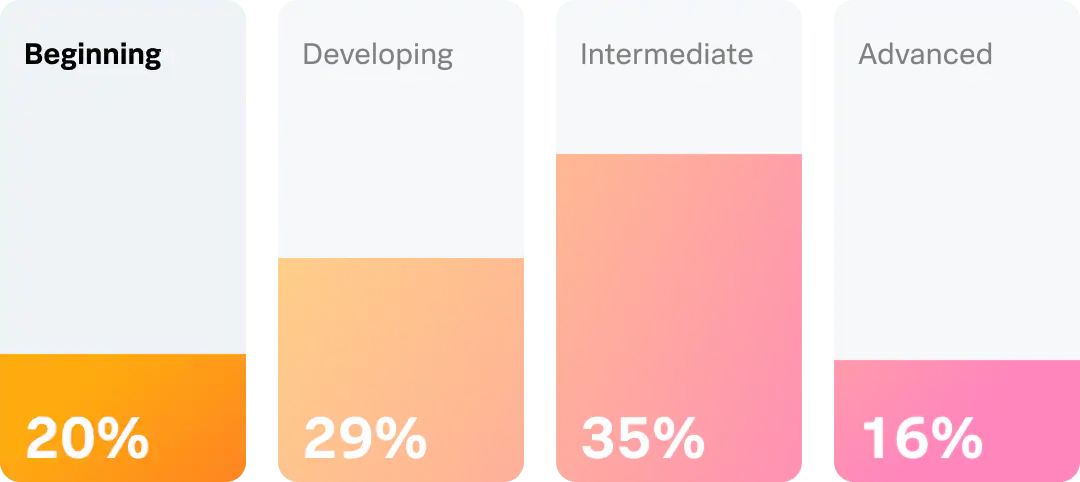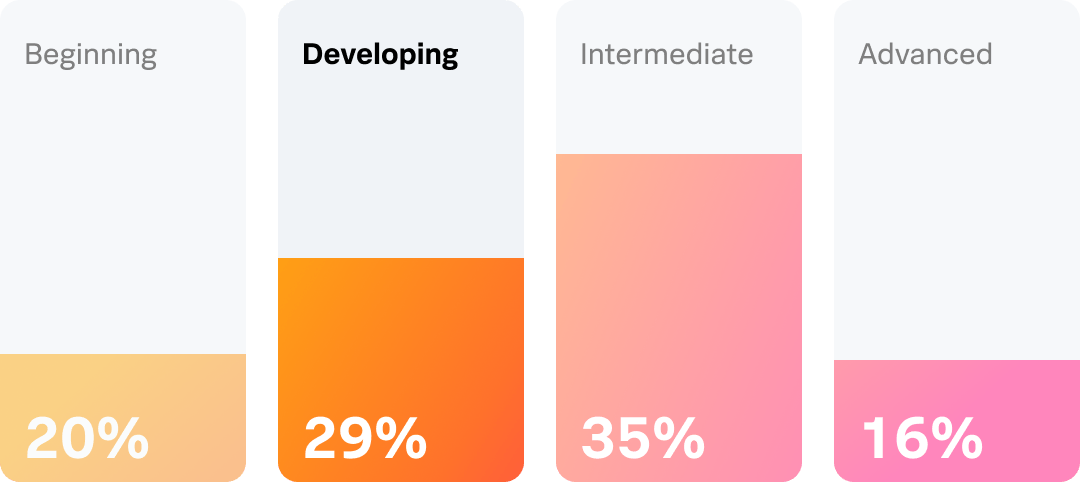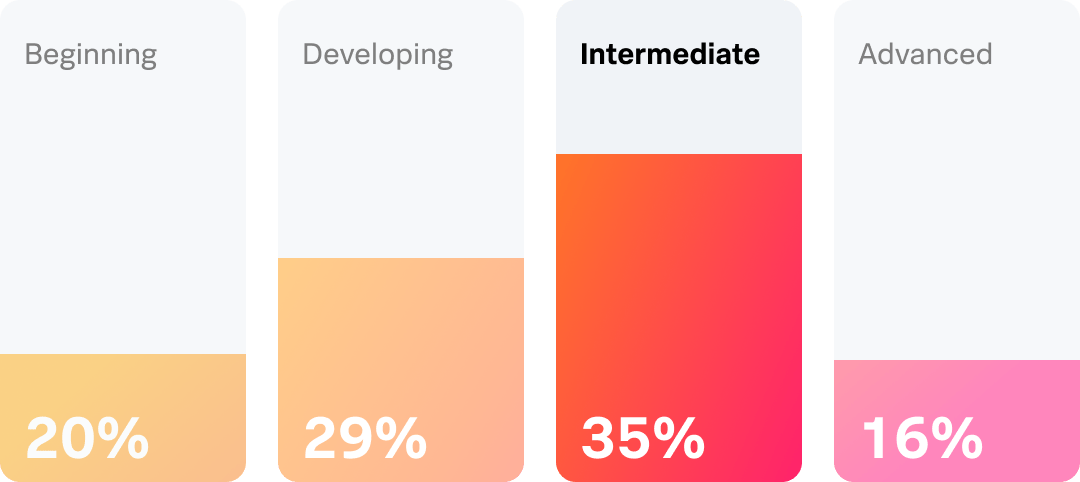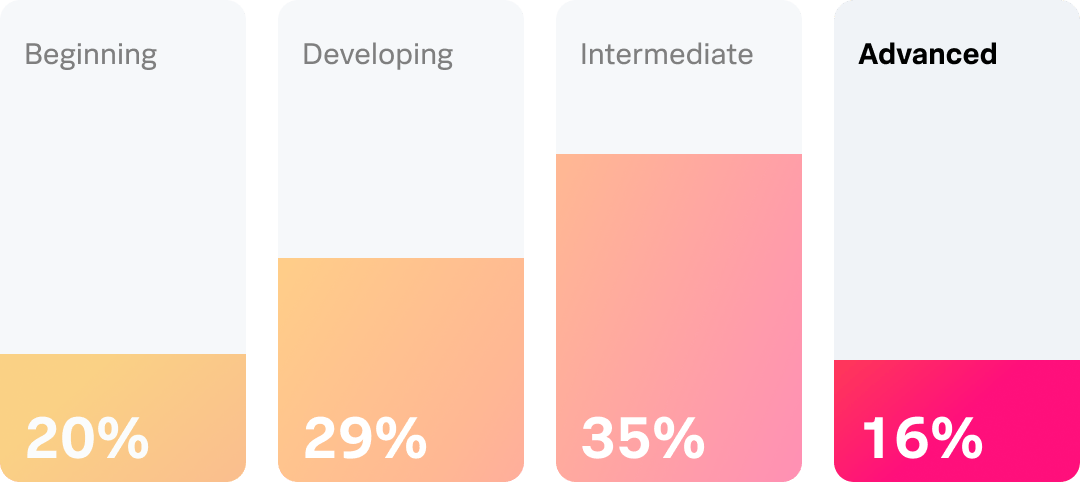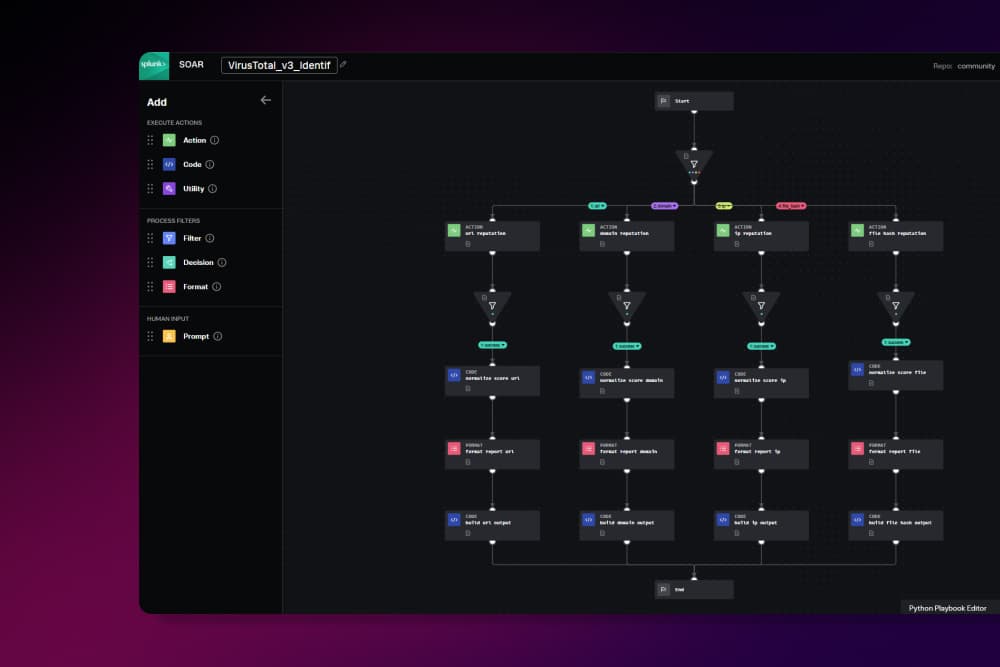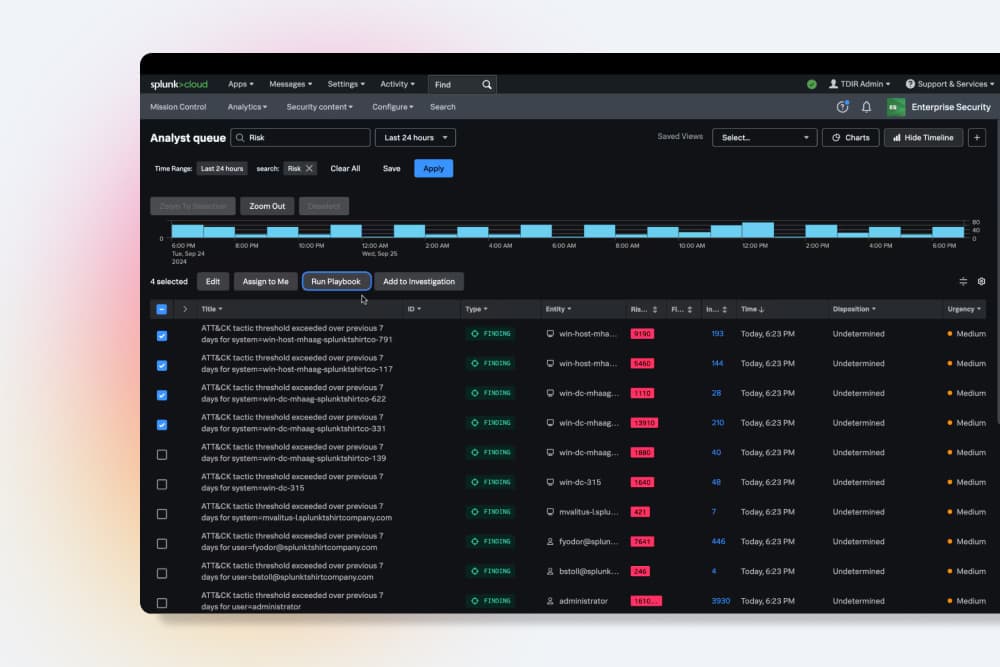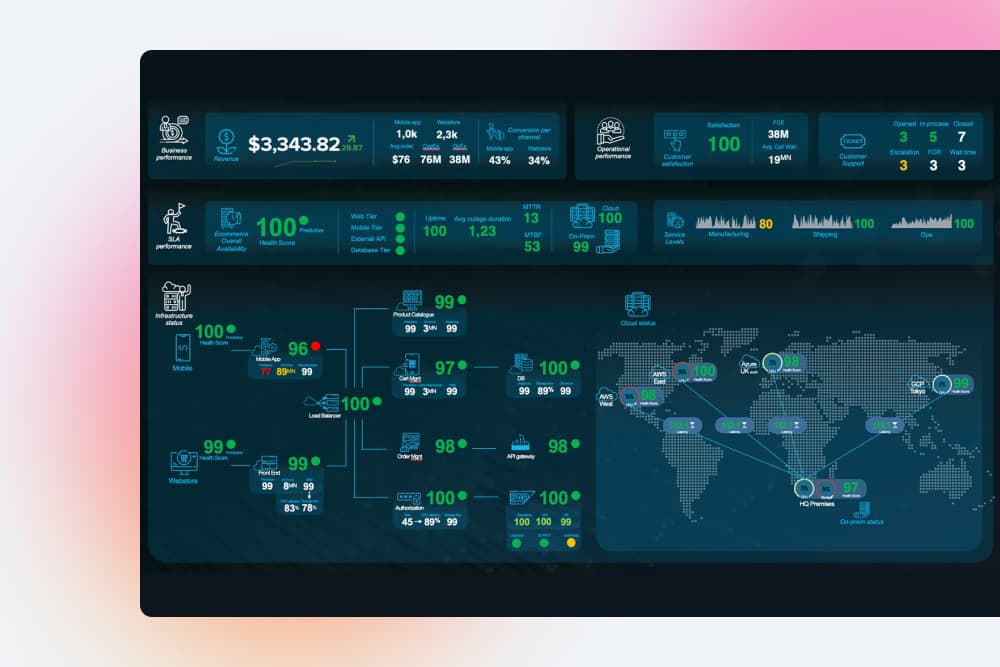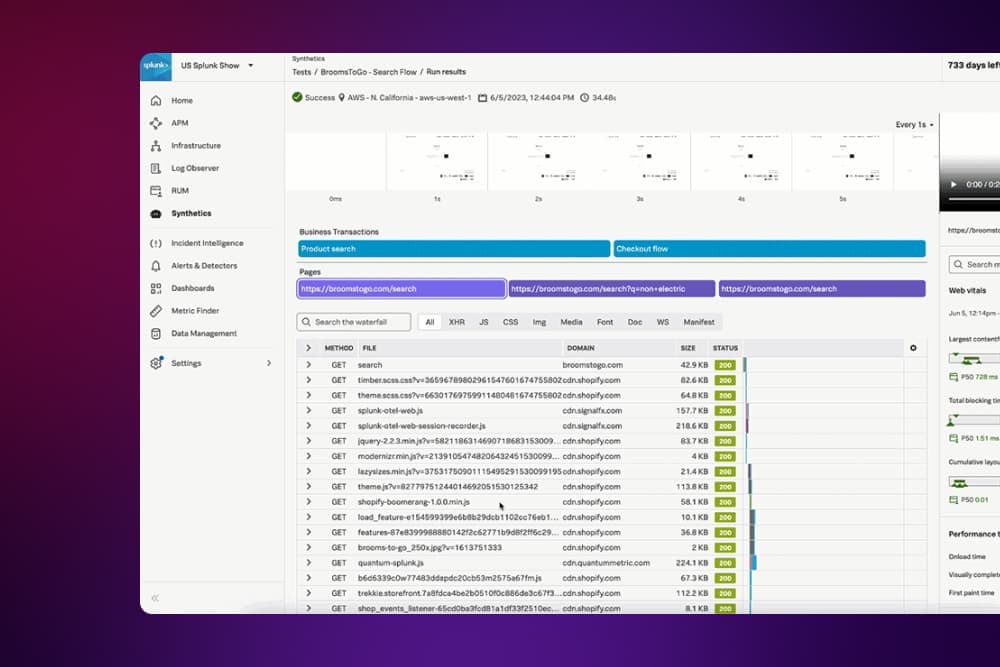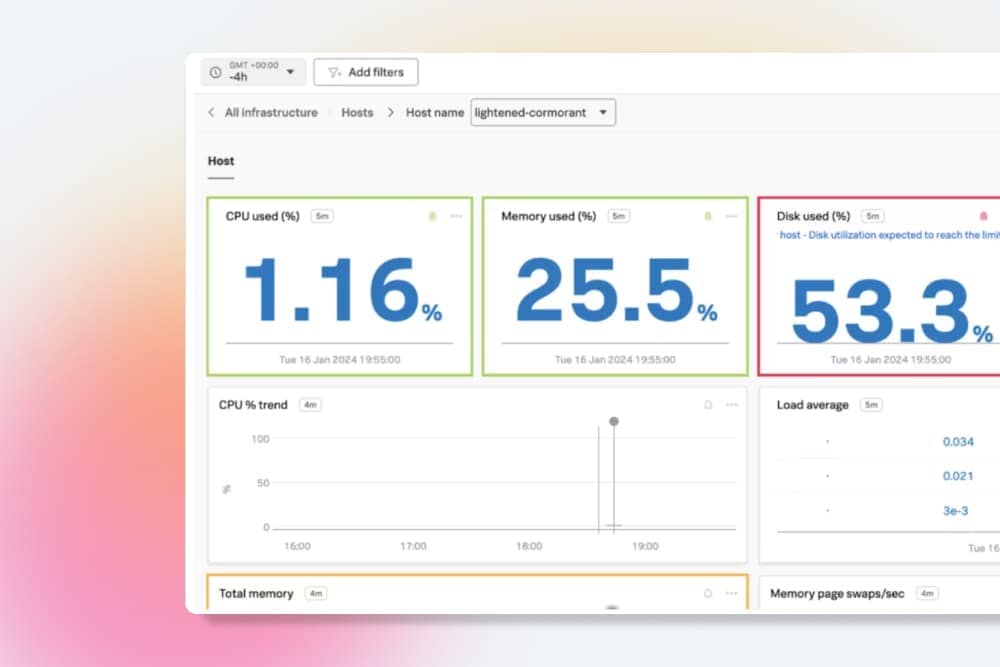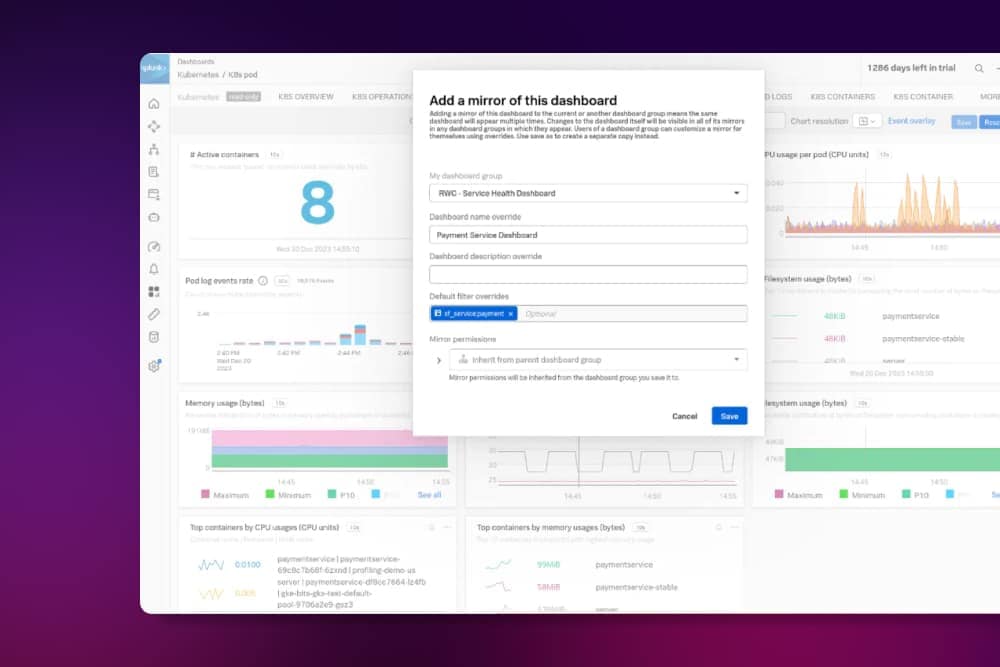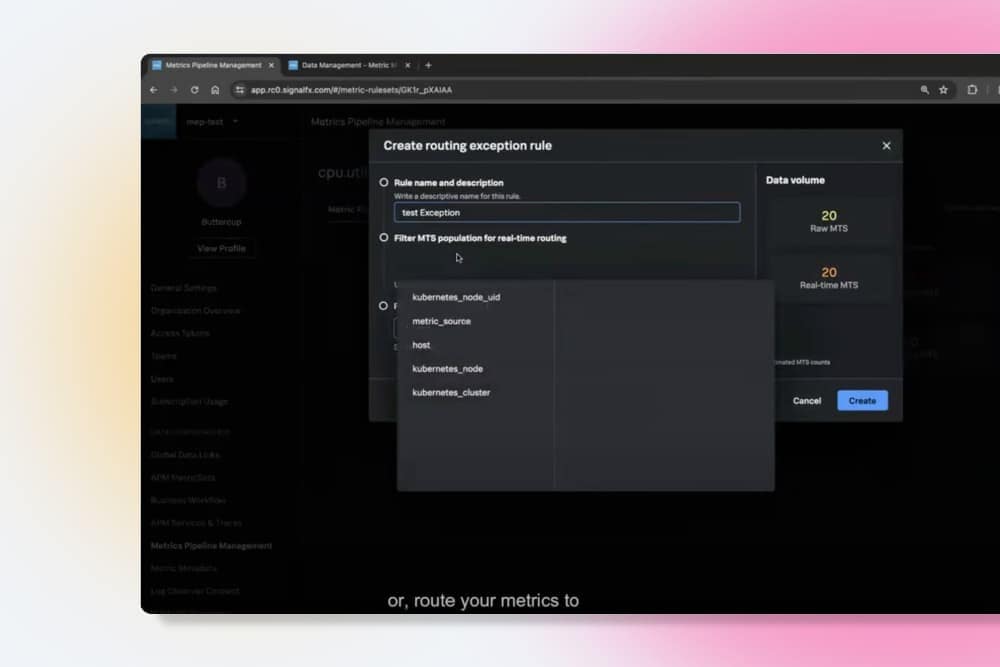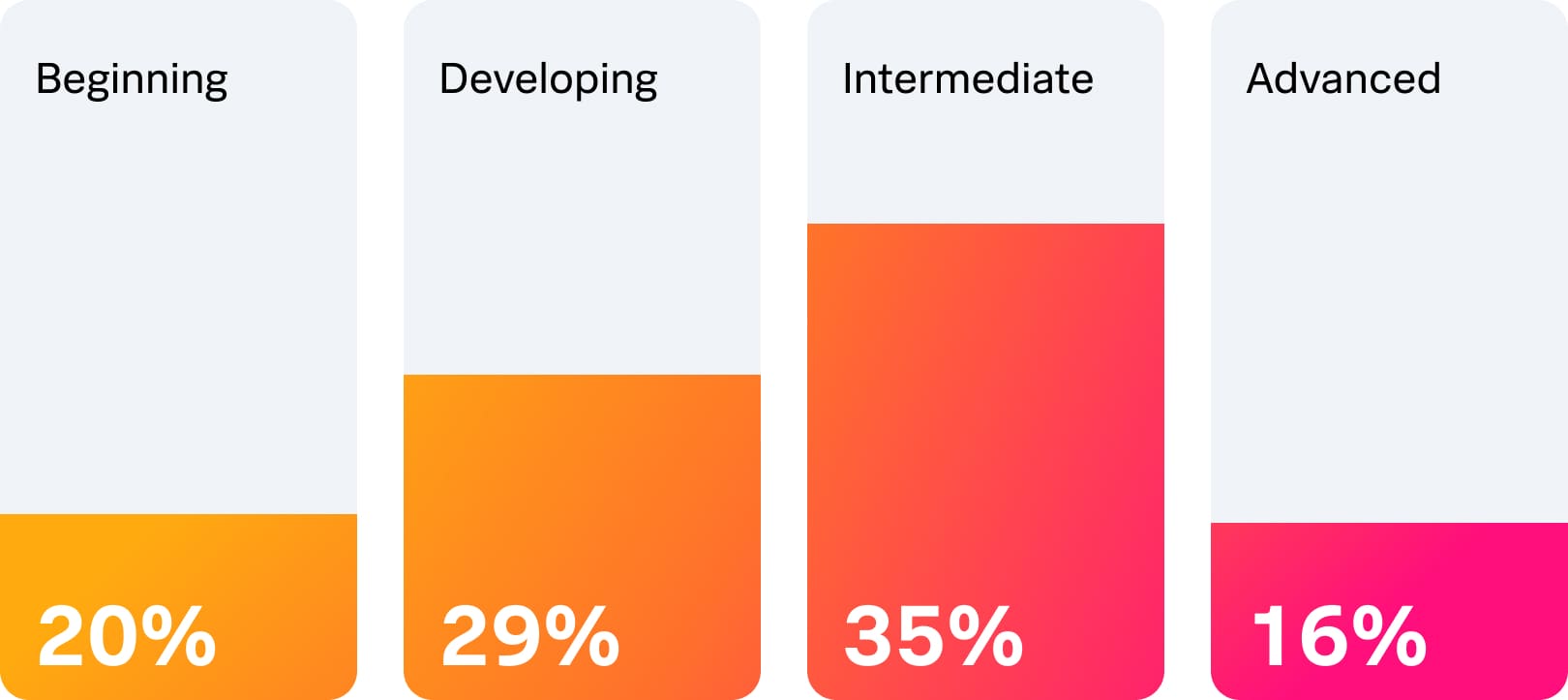Digital Resilience Assessment
How digitally resilient are you?
Digital resilience is the ability to detect and prevent major issues, recover faster from disruptions, and adapt quickly to change. Disruption happens. How prepared are you? Choose an assessment to find out.
Security Digital RESILIENCE Assessment
Tell us about your goals
Which of the following outcomes are you currently focused on achieving?
Observability Digital RESILIENCE Assessment
Tell us about your goals
Which of the following outcomes are you currently focused on achieving?
Security Digital RESILIENCE Assessment
Tell us about your challenges
Which of the following challenges are you currently facing?
OBSERVABILITY DIGITAL RESILIENCE ASSESSMENT
Tell us about your challenges
Which of the following challenges are you currently facing?
Security Digital RESILIENCE Assessment
Describe your current situation
We have centralized our essential security data and have the ability to quickly search, analyze, and investigate it wherever it lives.
OBSERVABILITY DIGITAL RESILIENCE ASSESSMENT
Describe your current situation
We have visibility across our entire environment and have established a troubleshooting baseline using metrics and logs.
Security Digital RESILIENCE Assessment
Describe your current situation
We prioritize investigation based on risk, leverage threat intelligence, and use ML to detect anomalies and stay ahead of the latest threats.
OBSERVABILITY DIGITAL RESILIENCE ASSESSMENT
Describe your current situation
We understand the impact that changes to our environment have on business-critical workflows and practice good alert hygiene so that we can prioritize the problems that matter.
Security Digital RESILIENCE Assessment
Describe your current situation
We automate threat analysis & incident response actions and orchestrate response workflows.
OBSERVABILITY DIGITAL RESILIENCE ASSESSMENT
Describe your current situation
We get ahead of downtime with predictive analysis and accelerate mean-time-to-resolve with guided root cause analysis, leading to better user experiences.
Security Digital RESILIENCE Assessment
Describe your current situation
We coordinate workflows across threat detection, investigation, and response and build repeatable and automated processes for response and recovery.
OBSERVABILITY DIGITAL RESILIENCE ASSESSMENT
Describe your current situation
We have shared data, context and workflows within and across teams to improve developer productivity and accurately find and fix issues originating anywhere in our stack.
Beginning
Foundational Visibility
See across environments. Search, monitor and investigate for real-time security monitoring.
Developing
Guided Insights
Reduce noise, detect more threats and identify risk with AI/ML powered detections.
Intermediate
Proactive Response
Get ahead of issues. Accelerate incident investigations and response using automation.
Advanced
Unified Workflows
Maximize SOC efficiency with integrated threat detection, investigation and response.
Beginning
Foundational Visibility
See across environments. Troubleshoot mission- critical apps and infrastructure.
Developing
Guided Insights
Detect threats and investigate issues with context. Prioritize issues based on business impact.
Intermediate
Proactive Response
Get ahead of issues. Prevent outages & accelerate MTTR with guided root cause analysis.
Advanced
Unified Workflows
Increase operational efficiency. Standardize observability practices across teams.
Want to see your full assessment and next steps?
Here’s how you scored
| Resilience stage | Your score | Your responses |
|---|---|---|
| Beginning Foundational Visibility |
0% |
Goal: Reduce alert noise and prioritize issues based on business impact. Situation: We have shared data, context and workflows within and across teams to improve developer productivity and accurately find and fix issues originating anywhere in our stack. |
| Developing Guided Insights |
40% |
Goal: Reduce alert noise and prioritize issues based on business impact. Situation: We have shared data, context and workflows within and across teams to improve developer productivity and accurately find and fix issues originating anywhere in our stack. |
| Intermediate Proactive Response |
30% |
Challenge: Too much alert noise and an inability to understand how changes impact the business. |
| Advanced Unified Workflows |
20% |
Situation: We have visibility across our entire environment and have established a troubleshooting baseline using metrics and logs. |
| Resilience stage | Your score | Your responses |
|---|---|---|
| Beginning Foundational Visibility |
0% |
Goal: Reduce alert noise and prioritize issues based on business impact. Situation: We have shared data, context and workflows within and across teams to improve developer productivity and accurately find and fix issues originating anywhere in our stack. |
| Developing Guided Insights |
40% |
Goal: Reduce alert noise and prioritize issues based on business impact. Situation: We have shared data, context and workflows within and across teams to improve developer productivity and accurately find and fix issues originating anywhere in our stack. |
| Intermediate Proactive Response |
30% |
Challenge: Too much alert noise and an inability to understand how changes impact the business. |
| Advanced Unified Workflows |
20% |
Situation: We have visibility across our entire environment and have established a troubleshooting baseline using metrics and logs. |
Next, Advance to Guided Insights
At the Guided Insights stage, companies detect and investigate holistically by prioritizing investigation based on risk, leverage integrated threat intelligence, and use ML to detect anomalies and stay ahead of the latest threats.
Recommended .conf25 sessions
Going to .conf25? Don’t miss these sessions! Explore personalized picks based on your maturity stage.
Recommended .conf25 sessions
Going to .conf25? Don’t miss these sessions! Explore personalized picks based on your maturity stage.
Looking for more? Check out these recommended sessions to level up to the Guided Insights stage.
Get inspired by other Splunk customers at the Guided Insights stage



Splunk Cloud Platform is the cornerstone of our security operations. It maximizes the insights we gain from analyzing detection use cases, rather than wasting time creating rules or struggling with a tool that’s too complicated.



The Splunk platform automatically correlates and analyzes data, which has made incident response two to three times faster than before.



Splunk gives us full visibility into our data, helping us understand and work with it as it goes through the whole company.
Next, Advance to Proactive Response
At the Proactive Response stage, companies get ahead of issues by automating threat analysis and incident response actions, and orchestrate response workflows to increase efficiency.
Recommended .conf25 sessions
Going to .conf25? Don’t miss these sessions! Explore personalized picks based on your maturity stage.
Recommended .conf25 sessions
Going to .conf25? Don’t miss these sessions! Explore personalized picks based on your maturity stage.
Looking for more? Check out these recommended sessions to level up to the Proactive response stage.
Get inspired by other Splunk customers at the Proactive Response stage



What RBA allows you to do is to say it's okay to have noise. Because eventually, we're going to prioritize the noise and get the signals out of all of those breadcrumbs.


Customer Story

By bringing all that valuable telemetry into the Splunk environment, we gain the visibility needed to protect data, no matter where it lives.



Replacing our previous SIEM with Splunk Enterprise Security has dramatically improved our ability to effectively monitor and secure our complex hybrid environment.
Next, Advance to Unified Workflows
At the Unified Workflows stage, companies seamlessly detect, investigate, and respond to threats using one unified security operations experience for their SOC, and build repeatable and automated processes for response and recovery.
Recommended .conf25 sessions
Going to .conf25? Don’t miss these sessions! Explore personalized picks based on your maturity stage.
Recommended .conf25 sessions
Going to .conf25? Don’t miss these sessions! Explore personalized picks based on your maturity stage.
Looking for more? Check out these recommended sessions to level up to the Unified Workflows stage.
Get inspired by other Splunk customers at the Unified Workflow stage



Instead of spending hours looking into an incident, it can often be handled in just minutes.



With Splunk SOAR, we achieved the equivalent workload of 10 full-time employees, completed by just a small team of analysts, within the first 6 months of the year.


When we’re dealing with something weird and nebulous and unknown, Attack Analyzer is one of the first tools in the tool belt that we use to help clear up the fog.
Achieve digital resilience at the Unified Workflows stage
At the Unified Workflows stage, companies seamlessly detect, investigate, and respond to threats using one unified security operations experience for their SOC, and build repeatable and automated processes for response and recovery.
Recommended .conf25 sessions
Going to .conf25? Don’t miss these sessions! Explore personalized picks based on your maturity stage.
Recommended .conf25 sessions
Going to .conf25? Don’t miss these sessions! Explore personalized picks based on your maturity stage.
Get inspired by other Splunk customers also at the Unified Workflow stage



Splunk’s platform has been invaluable in this consolidation, giving our IS and IT teams clear direction.



There are plenty of solutions on the market, but to my knowledge, none of them offer such a high level of customization. You can really tailor every dashboard, function, rule, and search to your needs.



Our analysts deal with fewer cases because we now automatically close the ones that aren’t a real threat. At this point 61% of phishing threats are analyzed and processed without us having to intervene.
Next, Advance to Guided Insights
At the Guided Insights stage, ITOps teams get a single, live view of business service health with glass tables and service analyzers so they can reduce alert noise, prioritize actions, and understand impact of changes.
Recommended .conf25 sessions
Going to .conf25? Don’t miss these sessions! Explore personalized picks based on your maturity stage.
Recommended .conf25 sessions
Going to .conf25? Don’t miss these sessions! Explore personalized picks based on your maturity stage.
Looking for more? Check out these recommended sessions to level up to the Guided Insights stage.
Get inspired by other Splunk customers at the Guided Insights stage


Splunk gives us early warning, creating a bigger margin to treat issues before they become critical and impact business.



Splunk’s sophisticated platform helps us measure the heartbeat of our system, connecting the dots between the millions of transactions going through our entire ecosystem



It’s critical that we present data to the business departments in an easy-to-understand way and in real time. Splunk makes this happen.
Next, Advance to Proactive Response
At the Proactive Response stage, engineers can identify unusual changes or anomalies in infrastructure, quickly identify hot spots, and route incidents to the appropriate developers and site reliability engineers (SREs) – sending incidents to the right people at the right time.
Recommended .conf25 sessions
Going to .conf25? Don’t miss these sessions! Explore personalized picks based on your maturity stage.
Recommended .conf25 sessions
Going to .conf25? Don’t miss these sessions! Explore personalized picks based on your maturity stage.
Looking for more? Check out these recommended sessions to level up to the Proactive Response stage.
Get inspired by other Splunk customers at the Proactive Response stage


Customer Story

Splunk Ensures Performance of Key Trading Application at ENGIE Global Markets
Any downtime impacts our revenue. With Splunk IT Service Intelligence we gained immediate visibility and insights across our entire trading service stack.


Customer Story

TalkTalk Uses Splunk to Detect Problems Early and Improve Network Performance
It’s about spotting where we have a flawed process, then using the Splunk platform to provide us with a list of affected customers so we can fix the problems using robotic process automation (RPA).



Splunk enables us to automate and optimize IT management while seizing new business opportunities.
Next, Advance to Unified Workflows
At the Unified Workflows stage, companies standardize observability practices across teams to improve developer productivity and bring teams together with shared data, context and workflows to accurately find and fix issues originating anywhere in their stack.
Recommended .conf25 sessions
Going to .conf25? Don’t miss these sessions! Explore personalized picks based on your maturity stage.
Recommended .conf25 sessions
Going to .conf25? Don’t miss these sessions! Explore personalized picks based on your maturity stage.
Looking for more? Check out these recommended sessions to level up to the Unified Workflows stage.
Get inspired by other Splunk customers at the Unified Workflows stage



I don’t think we would have been able to release our features without Splunk APM because we wouldn’t have had the ability to see if the product was working and troubleshoot any unforeseen issues.



Top-line revenue is at risk every minute we’re not fully up and running. Splunk’s Assigned Expert rolled up their sleeves and found a way to optimize our environment to better respond to disruptions.



Our site is more resilient since using Splunk.
Achieve digital resilience at the Unified Workflows stage
At the Unified Workflows stage, companies standardize observability practices across teams to improve developer productivity and bring teams together with shared data, context and workflows to accurately find and fix issues originating anywhere in their stack.
Recommended .conf25 sessions
Going to .conf25? Don’t miss these sessions! Explore personalized picks based on your maturity stage.
Recommended .conf25 sessions
Going to .conf25? Don’t miss these sessions! Explore personalized picks based on your maturity stage.
Get inspired by other Splunk customers also at the Unified Workflow stage



The biggest advantage of Splunk is that it lets us notice things proactively and take action toward cause identification.



In terms of cost, we are spending almost half — 55% — what we would have had, had we maintained our logging strategy. So that is an additional bonus.
